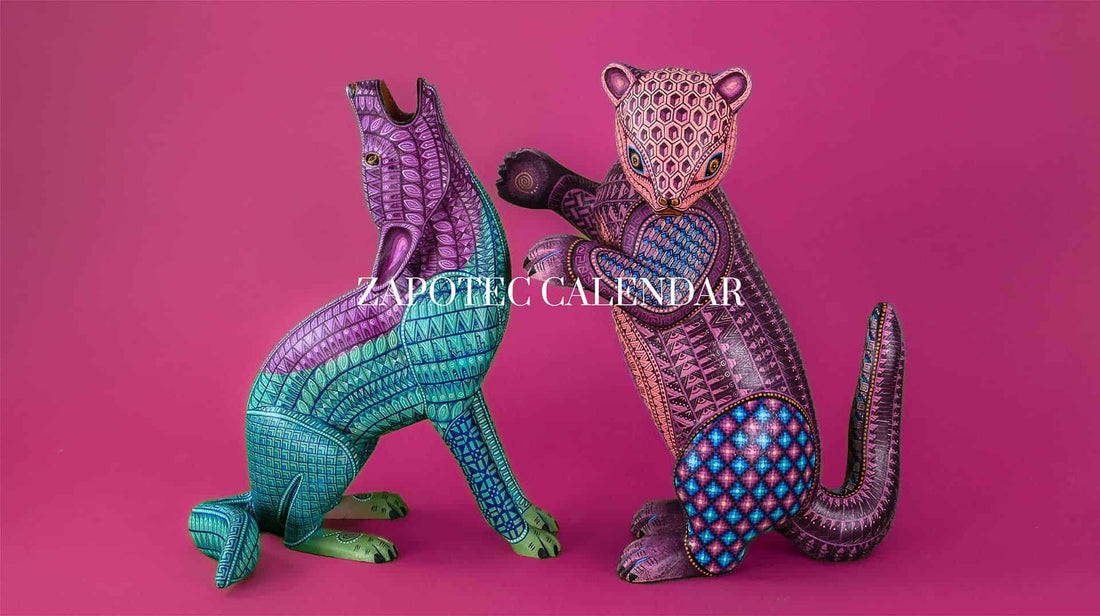The ancient Zapotec civilization, which thrived in the Oaxaca Valley in what is now Mexico, left behind a rich and diverse cultural legacy. One of the most intriguing aspects of their culture is the Zapotec calendar, an intricate masterpiece that combines the perception of time with a deep connection to nature, particularly animals. In this blog post, we will explore the Zapotec calendar and the meanings behind the animals it features, unveiling a unique worldview and perspective on life.
The Zapotec Calendar: A Link to Nature
The Zapotec calendar is a complex and meticulous representation of time, constructed through a combination of lunar and solar cycles. Unlike the widely used Gregorian calendar, which primarily relies on the solar cycle, the Zapotec calendar embraces the duality of these two cycles and melds their understanding into an integrated system. This holistic approach reflects the profound relationship the Zapotecs maintained with nature, where animals played an essential role.
The Animals of the Zapotec Calendar and Their Meanings
- Turkey Vulture (Aguililla Coluda)
The turkey vulture, or "aguililla coluda," is the first animal in the Zapotec calendar. It represents rebirth and purification. To the Zapotecs, the turkey vulture was considered a being capable of transforming death into life through its role as a scavenger, recycling and renewing life energy. This animal was also associated with funerary rituals and the transition between life and death.
- Lizard (Uexú)
The lizard, known as "uexú" in Zapotec, symbolizes regeneration and adaptation. By shedding its skin, the lizard represents the ability to leave behind the old and embrace the new. This animal is also seen as a protector of ancestral wisdom and is associated with traditional medicine.
- Snake (Coatl)
The snake in the Zapotec calendar is linked to knowledge and spirituality. It represents hidden wisdom, cyclical renewal, and transformation. The shedding of the snake's skin was seen as a metaphor for the constant renewal of life and the pursuit of deeper understanding.
- Owl (Kú)
The owl, or "kú," is a symbol of the night and wisdom. The Zapotecs viewed the owl as a guide in the darkness, capable of seeing the unseen. This spiritual animal represents introspection, intuitive perception, and a connection to the spiritual world.
- Rabbit (Kojtsí)
The rabbit, or "kojtsí," personifies fertility and abundance. Its connection to the full moon associates it with the cyclical energy of nature and the menstrual cycle of women. This animal also serves as a reminder of the importance of cooperation and balance in life.
The Zapotec calendar was not just a tool to track time but also a window into the profound understanding the Zapotecs had of the interconnection between nature and life. The animals that make up this calendar represent essential concepts for Zapotec culture, from transformation and adaptation to wisdom and fertility. This holistic view of time and life invites us to reflect on our own relationship with nature and how animals can carry deep meanings in our existence.

